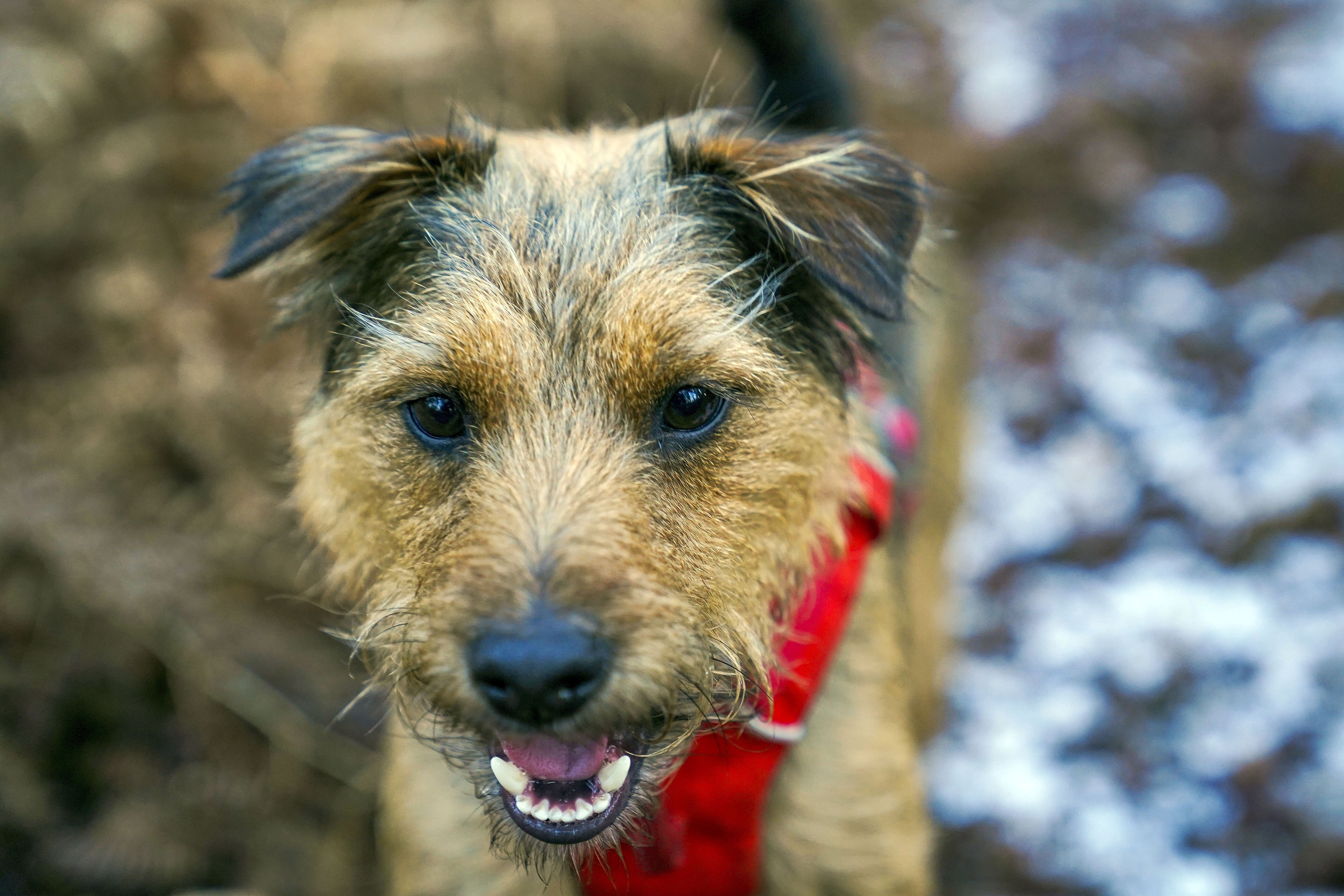Pet dogs face risk of deadly lead poisoning from pheasant meat in canine food
More than three-quarters of the samples taken by researchers had levels of lead higher than the amount permitted by law

Your support helps us to tell the story
From reproductive rights to climate change to Big Tech, The Independent is on the ground when the story is developing. Whether it's investigating the financials of Elon Musk's pro-Trump PAC or producing our latest documentary, 'The A Word', which shines a light on the American women fighting for reproductive rights, we know how important it is to parse out the facts from the messaging.
At such a critical moment in US history, we need reporters on the ground. Your donation allows us to keep sending journalists to speak to both sides of the story.
The Independent is trusted by Americans across the entire political spectrum. And unlike many other quality news outlets, we choose not to lock Americans out of our reporting and analysis with paywalls. We believe quality journalism should be available to everyone, paid for by those who can afford it.
Your support makes all the difference.Dogs may be at risk of lead poisoning after researchers found “very high” concentrations from shotgun pellets in raw pheasant pet food.
Lead is a toxic metal that is poisonous to both humans and animals and its effects are particularly focused on the nervous system.
Despite the dietary danger to health, lead shot can be used legally to kill terrestrial game birds, like pheasants, in the UK.
Most pheasants are eaten by people but some are minced and used in pet food.
In a new study, researchers from the University of Cambridge found that more than three-quarters of the 90 samples they took from UK products had lead concentrations higher than the maximum residue level (MRL) permitted by law.
They tested three raw pheasant-based dog food products and found the mean average lead concentrations were approximately 245, 135 and 49 times higher than the MRL.
The overall mean average in raw pheasant dog food was found to be 34 times higher than in pheasant sold for human consumption, which is itself considered to be too high.
Professor Debbie Pain, of Cambridge University’s Zoology Department, said: “We were already aware that lead concentrations in pheasant meat sold for human consumption are often far higher than would be permitted in other meats like chicken, beef or pork.
“However, we were surprised to find that lead concentrations in raw pheasant dog food products were so much higher.”
Some producers may source pheasants that have not been shot with lead, and owners could ask about this when buying pet food
The researchers said this may be because pheasant is usually sold as whole birds or breasts for humans but minced for dogs.
Mincing may break up the lead shot and create more small particles in the meat, increasing the potential for it to be absorbed into the bloodstream.
Dogs eating food with such high concentrations of lead, especially as their main diet, are at risk of harm to their health, the researchers said.
Puppies are particularly vulnerable because young animals absorb more of the lead they swallow and because the developing nervous system is specifically affected by the toxic metal.
Nine shooting organisations in the UK have committed to phasing out the use of lead over five years, from February 2020, citing concerns for sustainability, wildlife and ensuring a healthy game market.
Cambridge scientists said they have consistently found compliance with the voluntary ban to be low but that a total ban in Denmark has been shown to be effective.
A ban on the sale and use of lead gunshot, along with restrictions on lead bullets, is currently being considered under the UK Reach Chemicals Regulation.
Publishing their work in the journal Ambio, the Cambridge researchers tested five pheasant-based dog food products.
Three of these were raw meat, one was dried pheasant and partridge, and the other was processed tinned pheasant and goose.
A further three equivalent chicken-based products (raw, dried and processed) were also tested.
This is a far broader issue than for just these three products
Lead concentrations above the MRL were found in the dried pheasant-based product but at levels lower than that found in the raw meat.
None of the chicken or tinned pheasant-based products contained unacceptable levels of lead.
The researchers said raw dog food is widely available to the UK’s 13 million dogs and that pheasant is sold by 34% of the 50 online raw pet food suppliers they checked, with 71% of those saying the meat may contain shot.
Professor Rhys Green, co-author of the study, said: “The fact that most samples from three randomly sampled raw pheasant pet food products had very high lead concentrations, and that our recent research on shot types used to kill pheasants found that 94% are shot with lead, suggests that this is a far broader issue than for just these three products.
“However, some producers may source pheasants that have not been shot with lead, and owners could ask about this when buying pet food.”